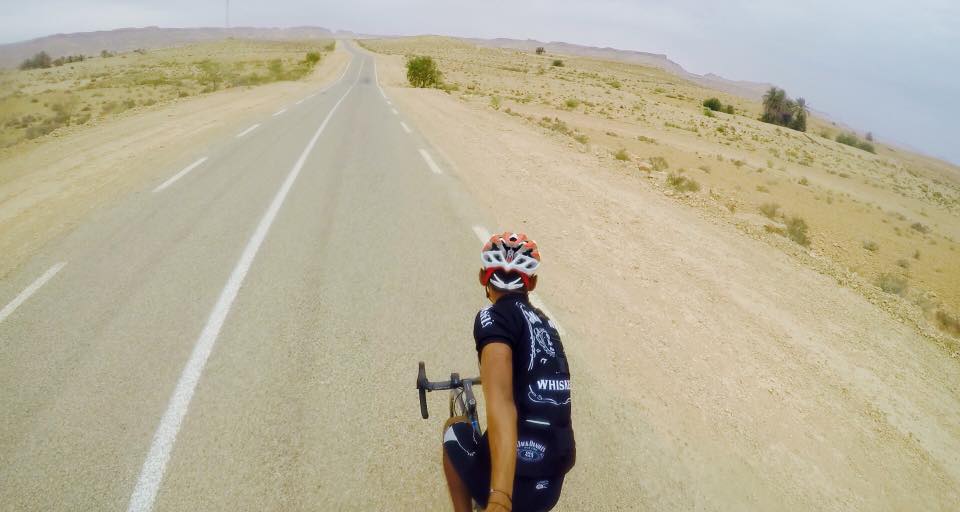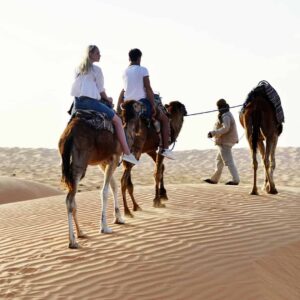
Discover Tunisia’s Beauty… On Two Wheels!
- 2024-09-06
- 9:54 am
Share
Exploring Tunisia by bike offers a unique and immersive way to experience the country’s rich landscapes, culture, and history. Whether you’re cycling through coastal towns, rolling hills, or the vast stretches of the desert, Tunisia presents an ideal setting for an adventurous and eco-friendly journey on two wheels.
1. The Coastal Beauty
Cycling along Tunisia’s stunning Mediterranean coastline is a breathtaking experience. Routes that pass through cities like Hammamet, Sousse, and Monastir allow riders to enjoy scenic views of the sea, sandy beaches, and the relaxed coastal lifestyle. The mild climate, especially in spring and fall, makes it a perfect time for cycling trips. Along the way, cyclists can stop at historical sites such as El Jem, with its well-preserved Roman amphitheater, or enjoy fresh seafood in local seaside restaurants.
2. The Green North
The northern part of Tunisia, with its lush greenery and rolling hills, is ideal for those looking for nature and tranquility. Regions such as Tabarka and Aïn Draham are perfect for scenic bike routes through forests and mountains. These areas offer a stark contrast to Tunisia’s southern desert regions, with cooler temperatures and an abundance of flora and fauna. The countryside roads are perfect for cycling, and you can explore quaint villages and enjoy the hospitality of local communities.
3. The Adventure of the Sahara
For those looking for a more challenging ride, the vast expanses of the Tunisian Sahara offer an unforgettable cycling adventure. Starting from towns like Douz, often called the “Gateway to the Sahara,” cyclists can experience the vastness of the desert, passing through oases and experiencing the solitude and beauty of the Sahara. While the heat can be intense, early morning or late afternoon rides reveal a desert landscape that is both stunning and serene.
4. Practical Tips for Cycling in Tunisia
- Best Time to Cycle: The ideal times for cycling are spring (March to May) and autumn (September to November) when the weather is mild.
- Safety: While many roads are bike-friendly, it’s essential to stay cautious on busy highways. Rural roads offer safer and more peaceful cycling experiences.
- Equipment: You can bring your own bike or rent one from local operators. Make sure to carry enough water, especially when cycling in rural or desert areas.
- Cultural Sensitivity: When cycling through rural or more conservative areas, dress modestly and respect local customs.
Conclusion
Exploring Tunisia by bike allows you to see the country from a different perspective. From coastal rides to desert adventures, cycling is a fantastic way to connect with the diverse landscapes and cultures of Tunisia. Whether you’re a casual rider or an experienced cyclist, Tunisia’s beauty and charm truly come alive on two wheels.


